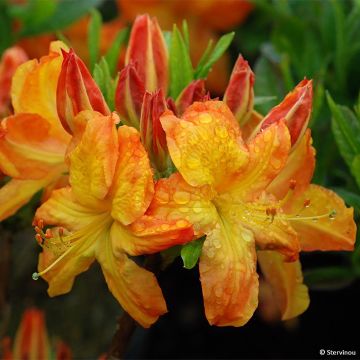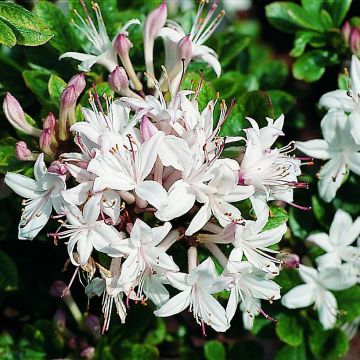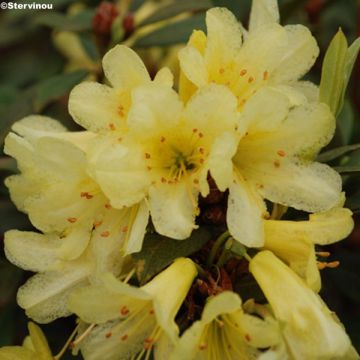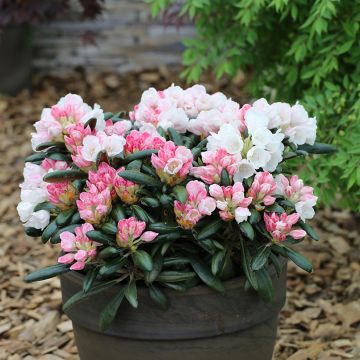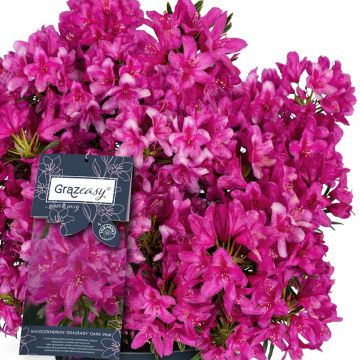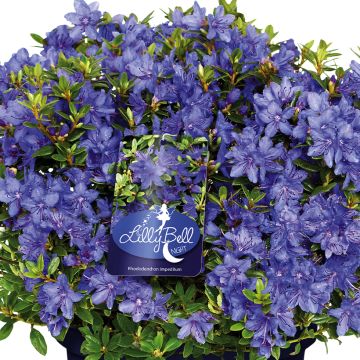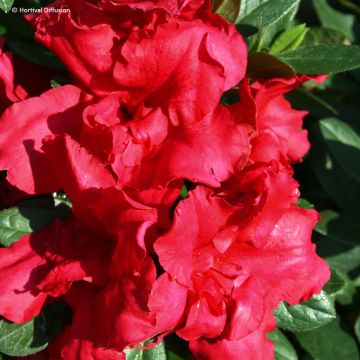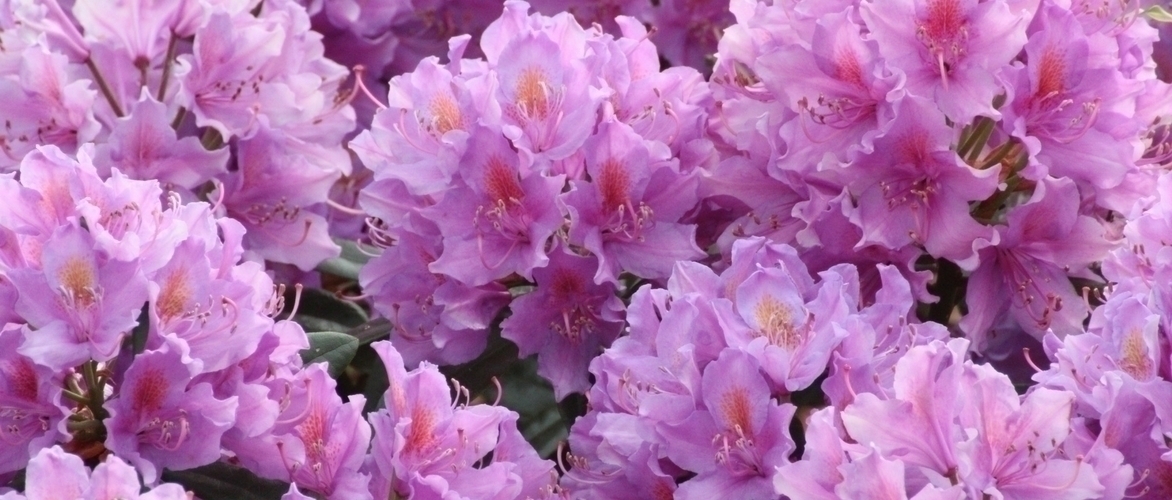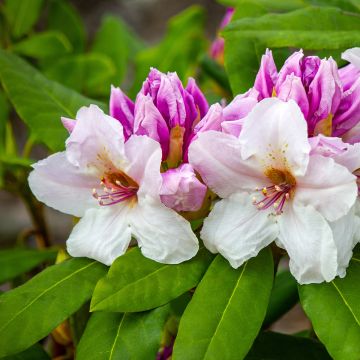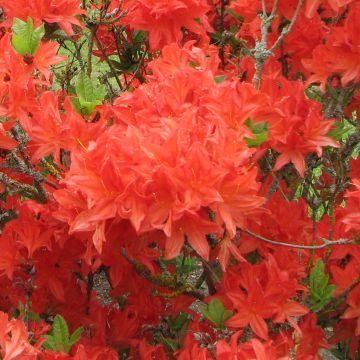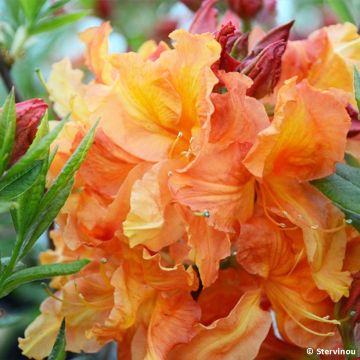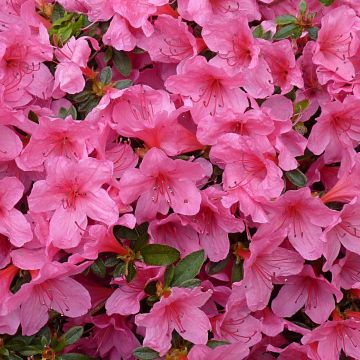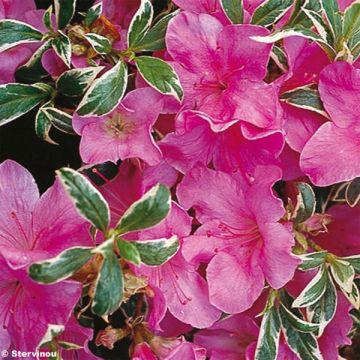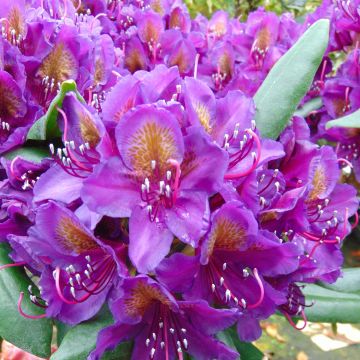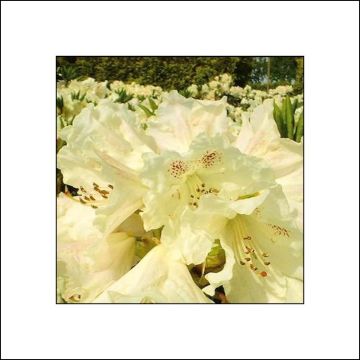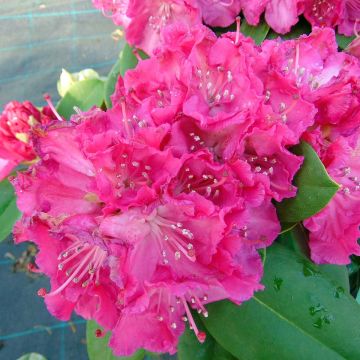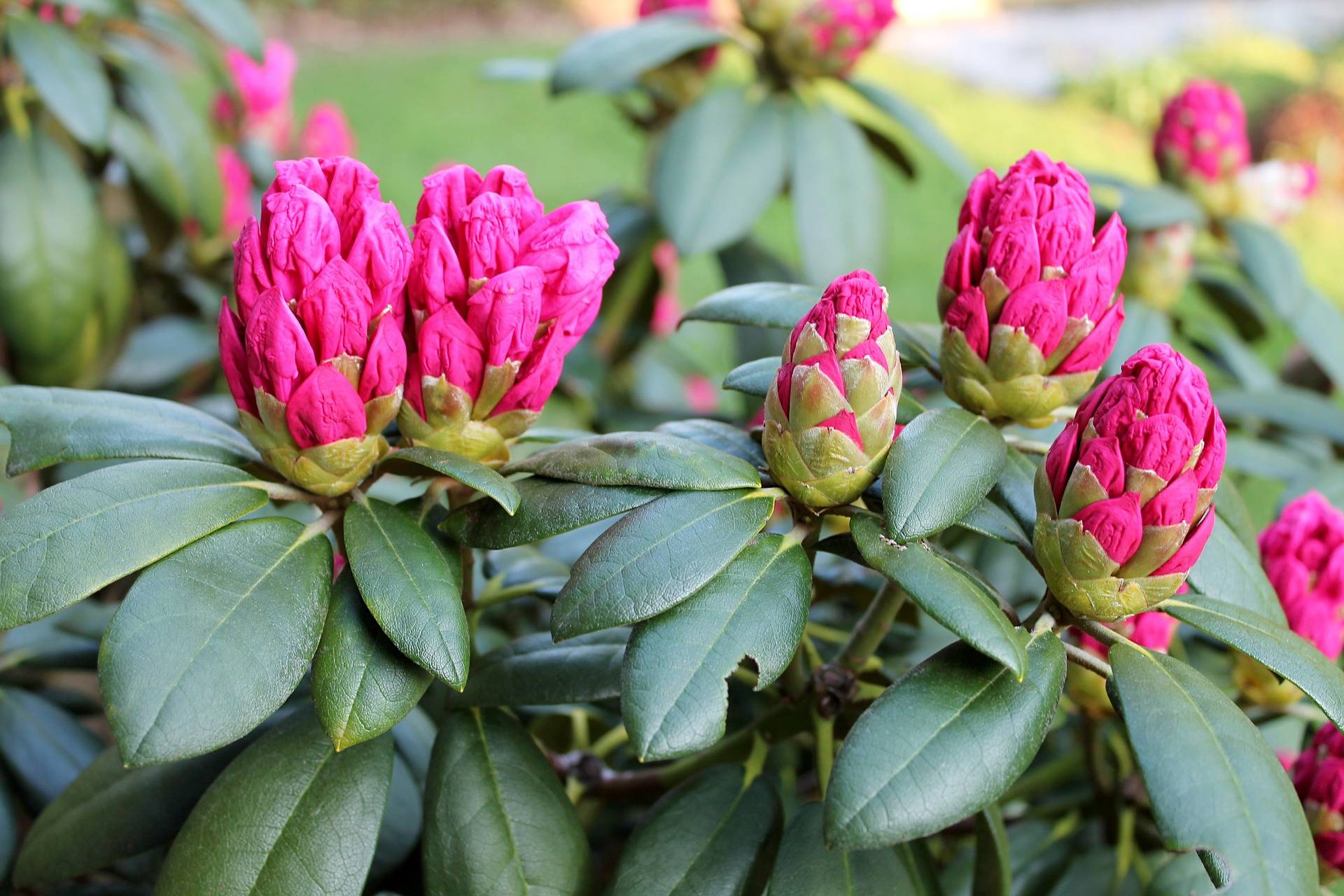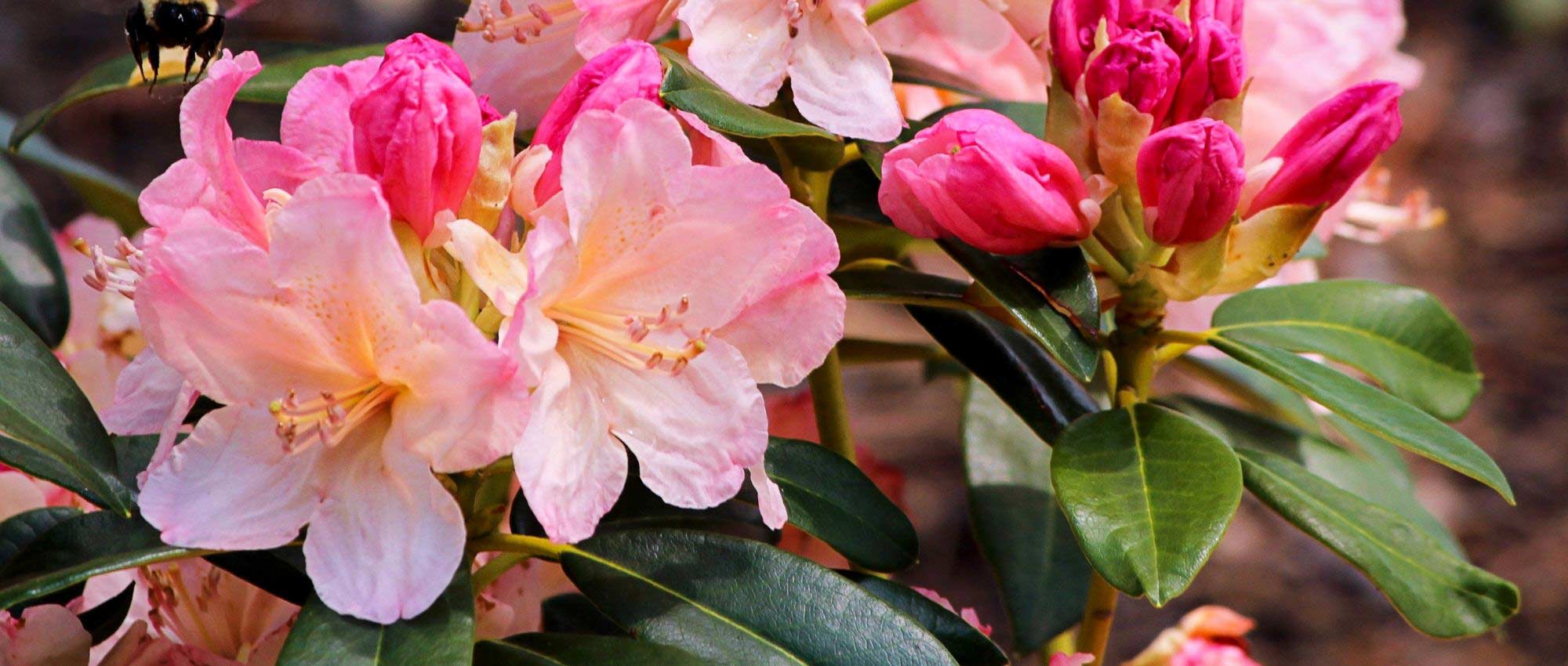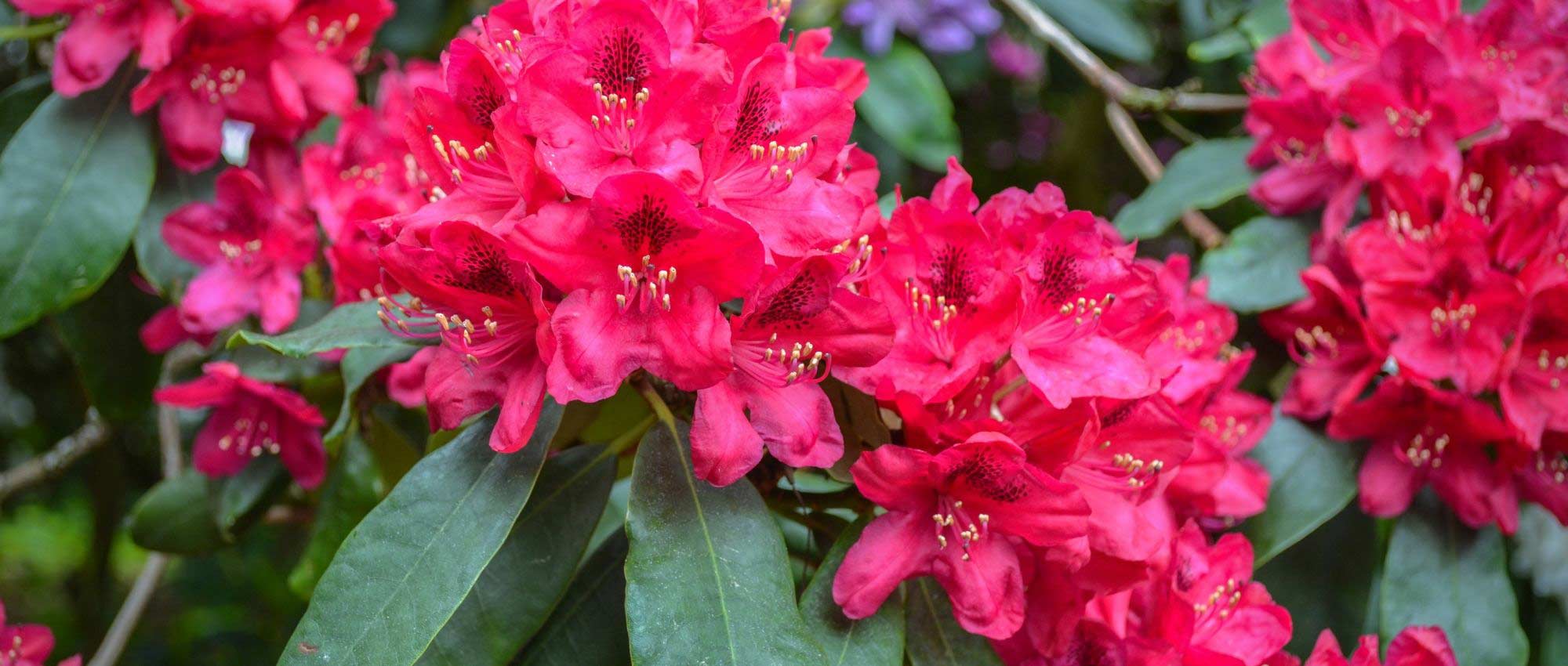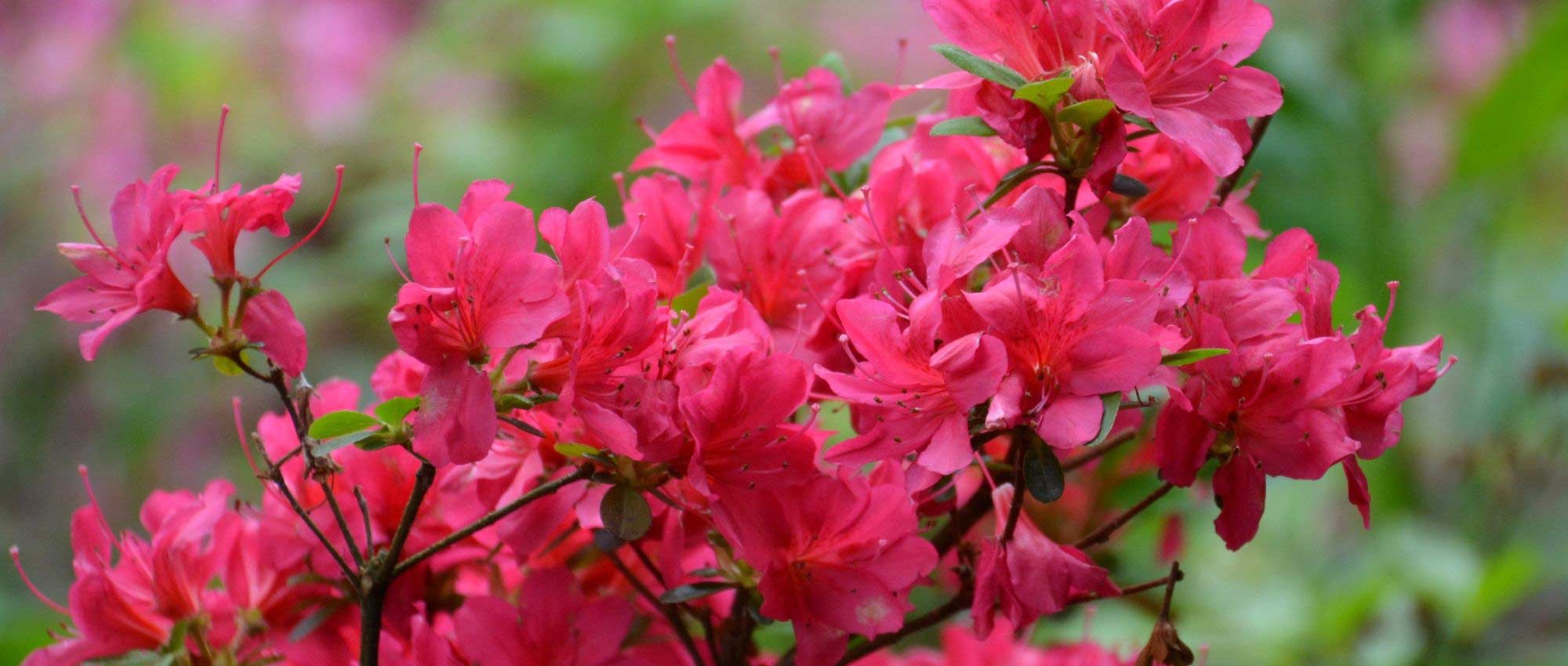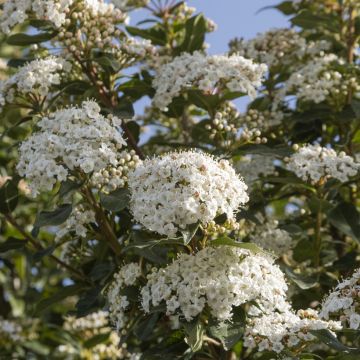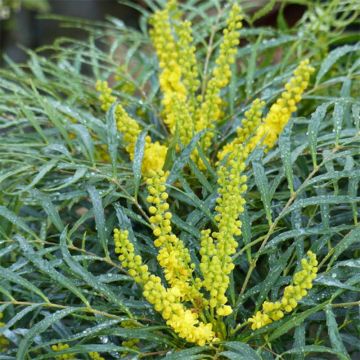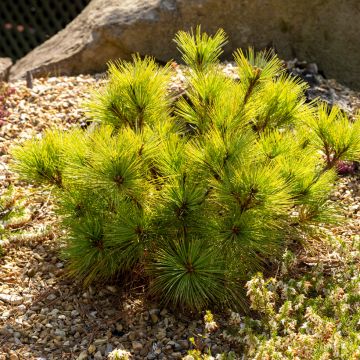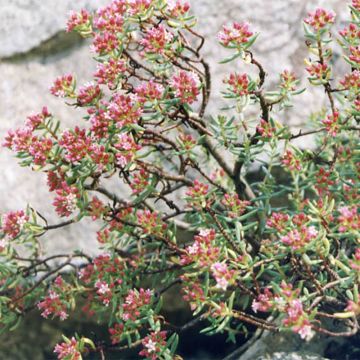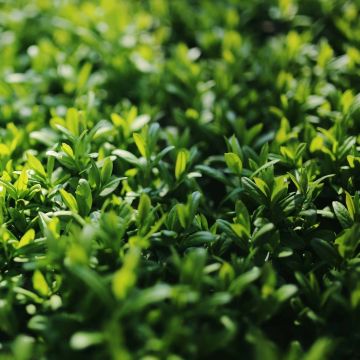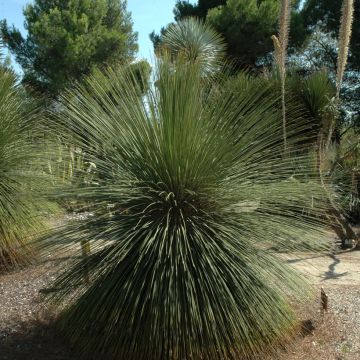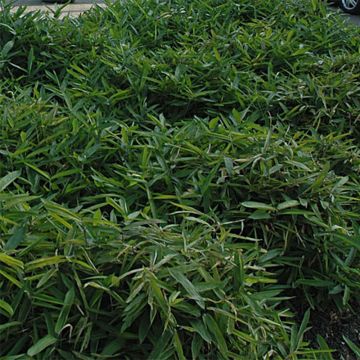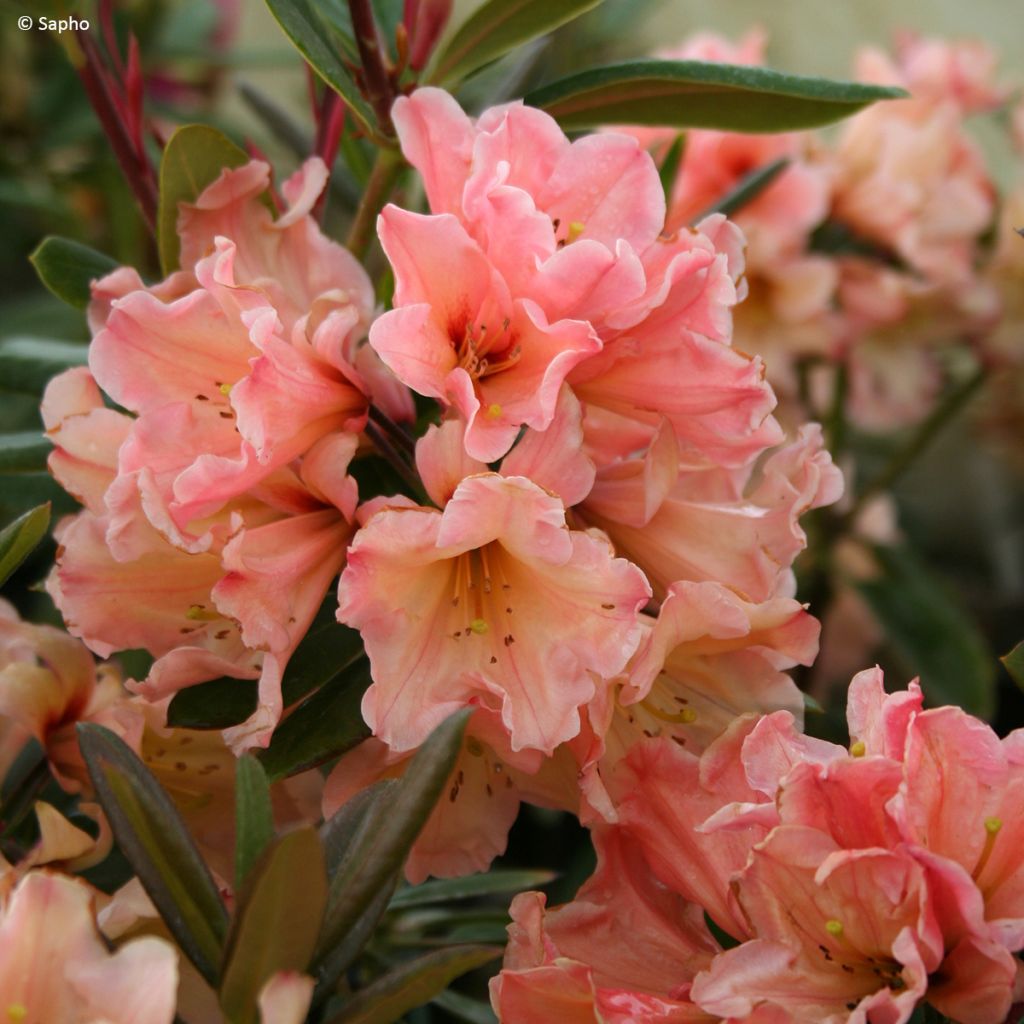

Rhododendron Lady Lasa
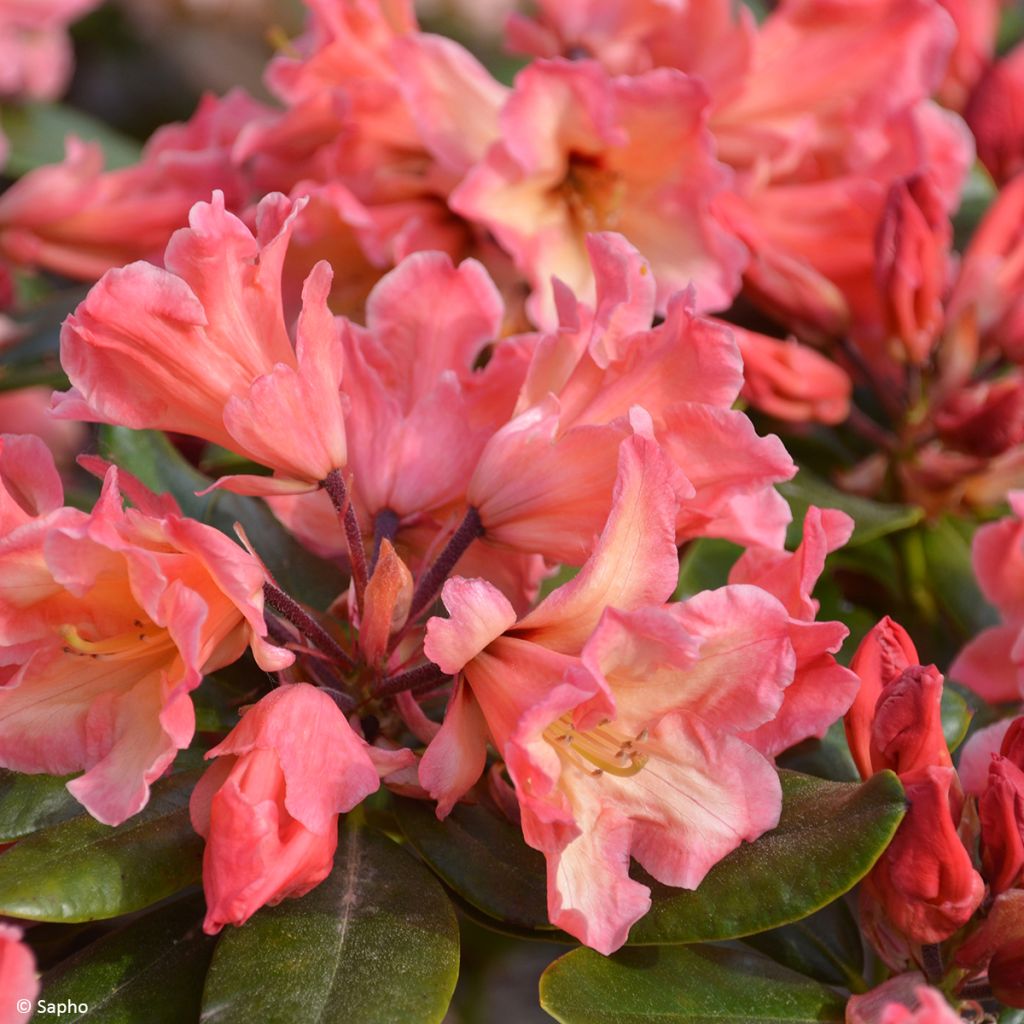

Rhododendron Lady Lasa
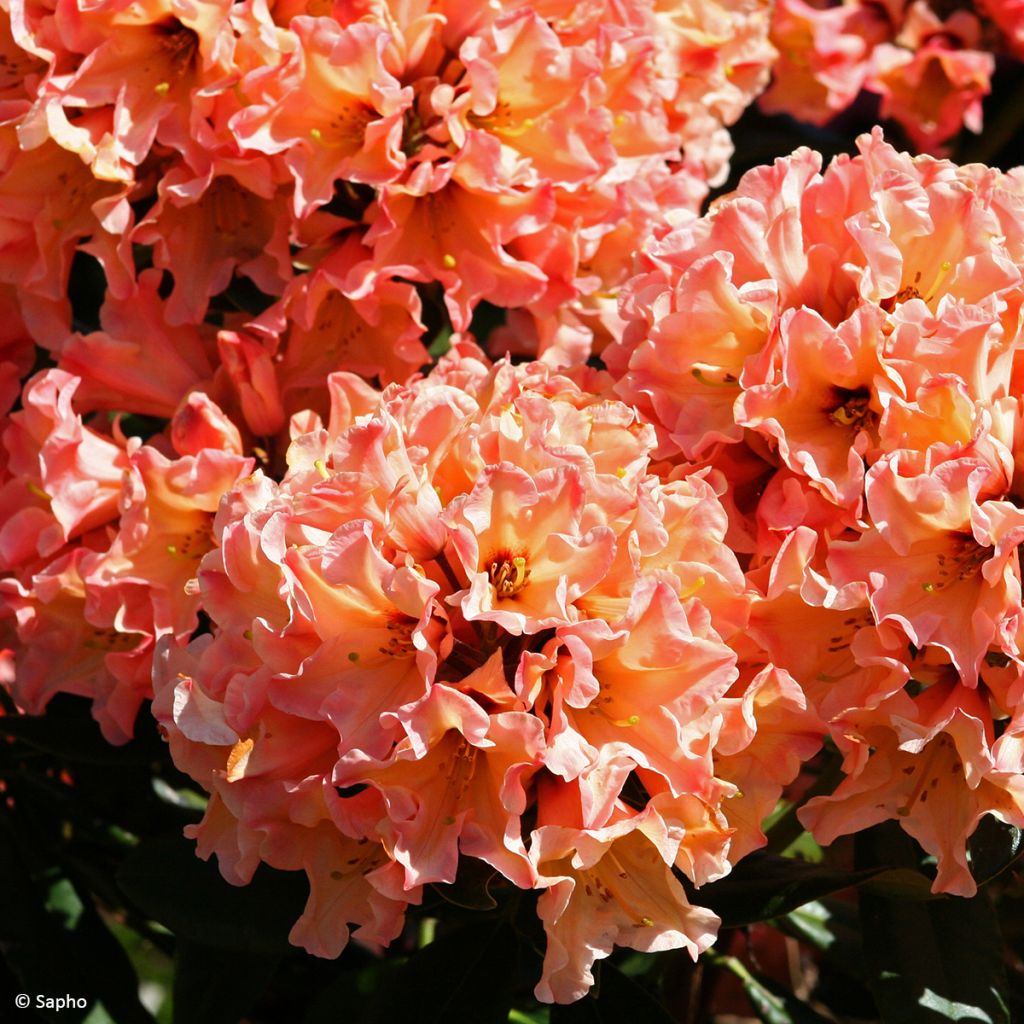

Rhododendron Lady Lasa


Rhododendron Lady Lasa
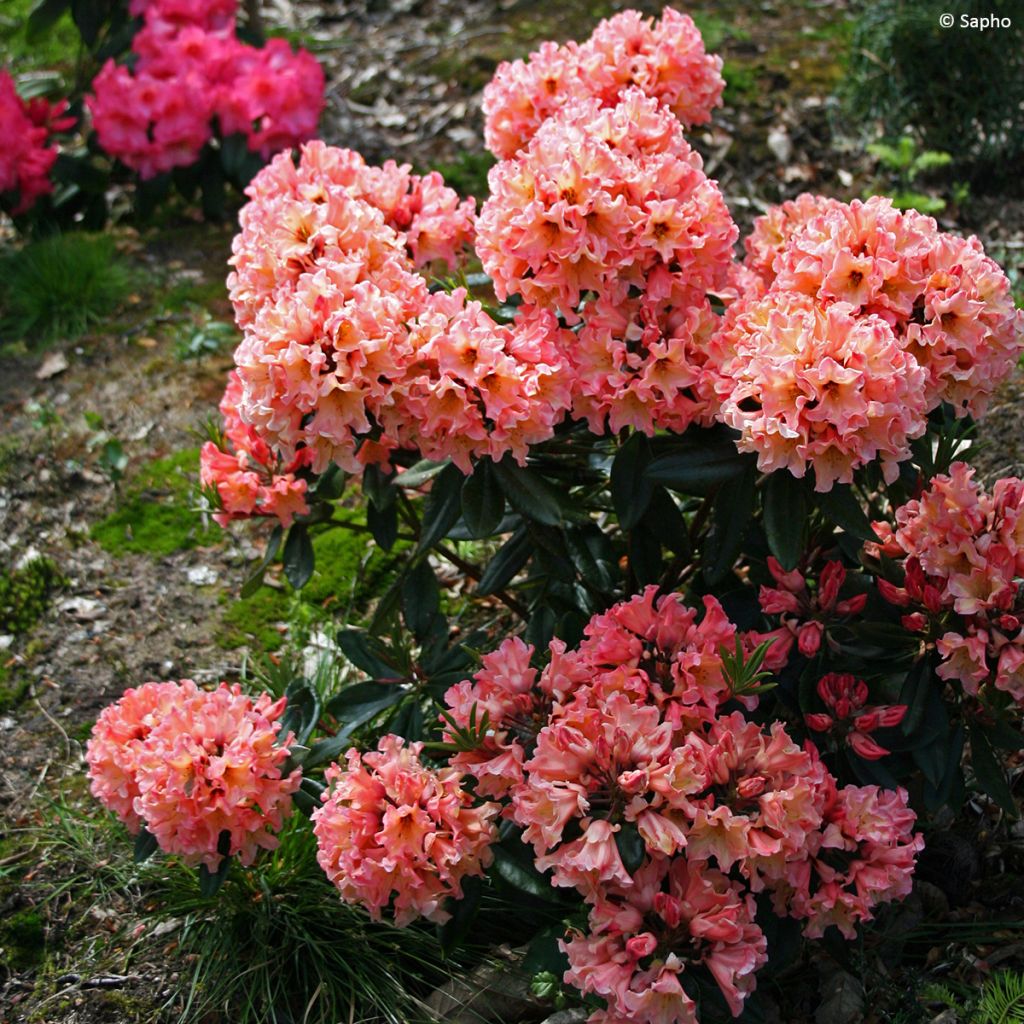

Rhododendron Lady Lasa
Rhododendron Lady Lasa
Rhododendron Lady Lasa® 'BOUTI0150’
Rhododendron, Rosebay, BOUTI0150
Special offer!
Receive a €20 voucher for any order over €90 (excluding delivery costs, credit notes, and plastic-free options)!
1- Add your favorite plants to your cart.
2- Once you have reached €90, confirm your order (you can even choose the delivery date!).
3- As soon as your order is shipped, you will receive an email containing your voucher code, valid for 3 months (90 days).
Your voucher is unique and can only be used once, for any order with a minimum value of €20, excluding delivery costs.
Can be combined with other current offers, non-divisible and non-refundable.
Why not try an alternative variety in stock?
View all →This plant carries a 24 months recovery warranty
More information
We guarantee the quality of our plants for a full growing cycle, and will replace at our expense any plant that fails to recover under normal climatic and planting conditions.
Would this plant suit my garden?
Set up your Plantfit profile →
Description
The Rhododendron 'Lady Lasa' is a variety born at the Domaine de Boutiguéry with a compact and rounded habit, is very floriferous, and produces large bouquets in shades of coral and salmon. Its large flower buds open in April and May in spherical clusters of large bell-shaped flowers. The inside of the flower is pale yellow warmed by coral orange halos, its throat is dark brown, and the outside of the flower is salmon pink. With its small size, this rhododendron can be planted in gardens, small or large, in acidic soil, in shade or in the morning sun.
Rhododendrons and azaleas belong to the Ericaceae family, like Pieris, Heather, and Bilberries. These plants like limestone-free soils with an acidic tendency and humid climates. Rhododendrons, like other acid-loving plants, have a shallow and weak root system, which makes them sensitive to drought and compact and suffocating soils.
The Rhododendron 'Lady Lasa' was created by Virginie de la Sablière at the Domaine de Boutiguery in Brittany, France's largest conservatory of hybridised rhododendrons. It is a superb variety with a compact habit, slow growing up to 1m in height and width at maturity. Its evergreen and leathery leaves are shiny, evolving from light to dark green. They are elliptical in shape, elongated, and measure 6 to 10 cm long. The young shoots emerge in spring in purple-brown, adding additional ornamental value to this variety. Flowering takes place in late April and lasts for three weeks in May. The multiple large and rounded flower buds open in clusters of grouped flowers at the ends of the branches, which are perfectly round. They evolve in shades of coral and salmon, soft and bright. They almost completely cover the plant.
The compact Rhododendron 'Lady Lasa' is suitable for planting in flower beds, small hedges, cool rockeries, or as a standalone plant in small gardens. It prefers a shaded or east-facing exposure in the northernmost regions, with gentle morning sun and protection from the afternoon's heat. Planted in acidic soil, it can be associated with other acid-loving shrubs: Pieris, Azaleas, Japanese Maples, and Skimmia. Plant it at the back of a small flower bed with perennials that thrive in shaded and cool areas, such as Hostas, Japanese Anemones, and Ferns.
Plant habit
Flowering
Foliage
Botanical data
Rhododendron
Lady Lasa® 'BOUTI0150’
Ericaceae
Rhododendron, Rosebay, BOUTI0150
Cultivar or hybrid
Other Rhododendron and Azalea
View all →Planting and care
Plant the Rhododendron 'Lady Lasa' in a partially shaded to shaded position, protected from cold and drying winds, in a cool, humus-bearing, light soil with an acidic tendency (pH between 4.5 and 6). Like all plants of heathland, it does not tolerate limestone soils, drought, heatwaves, or heavy soils saturated with water in winter.
Dig a hole three times larger than the pot. Soak the root ball in non-limestone water for fifteen minutes and plant the bush at the collar level in a mixture of one-quarter turf, leaf compost, gravel or pumice, and loam. Water thoroughly and keep the soil moist in the summer. Rhododendrons have a shallow root system, so they are sensitive to long periods of drought. Therefore, it is advisable to enrich the soil with humus and water abundantly during dry periods. In addition, this root system is not very strong, so it is essential to lighten heavy soils with draining materials (gravel, pumice, clay pellets) when planting. Apply a mulch of shredded pine bark around the base of the bush every spring to maintain soil moisture.
Maintenance consists of removing faded flowers in summer and cleaning dead branches. Azaleas and Rhododendrons can sometimes be attacked by weevils that eat the edges of leaves and rootlets, as well as the famous "rhododendron beetle", which rarely causes severe damage. Effective organic solutions are now available against weevils. Yellowing of leaves (chlorosis) in Rhododendrons indicates poor assimilation of iron in the soil and can lead to premature death of the plant. While limestone (in the soil or irrigation water) is often the cause, poorly drained soil or deeply planted root balls can also explain the phenomenon.
Planting period
Intended location
Care
Planting & care advice
This item has not been reviewed yet - be the first to leave a review about it.
Similar products
Haven't found what you were looking for?
Hardiness is the lowest winter temperature a plant can endure without suffering serious damage or even dying. However, hardiness is affected by location (a sheltered area, such as a patio), protection (winter cover) and soil type (hardiness is improved by well-drained soil).

Photo Sharing Terms & Conditions
In order to encourage gardeners to interact and share their experiences, Promesse de fleurs offers various media enabling content to be uploaded onto its Site - in particular via the ‘Photo sharing’ module.
The User agrees to refrain from:
- Posting any content that is illegal, prejudicial, insulting, racist, inciteful to hatred, revisionist, contrary to public decency, that infringes on privacy or on the privacy rights of third parties, in particular the publicity rights of persons and goods, intellectual property rights, or the right to privacy.
- Submitting content on behalf of a third party;
- Impersonate the identity of a third party and/or publish any personal information about a third party;
In general, the User undertakes to refrain from any unethical behaviour.
All Content (in particular text, comments, files, images, photos, videos, creative works, etc.), which may be subject to property or intellectual property rights, image or other private rights, shall remain the property of the User, subject to the limited rights granted by the terms of the licence granted by Promesse de fleurs as stated below. Users are at liberty to publish or not to publish such Content on the Site, notably via the ‘Photo Sharing’ facility, and accept that this Content shall be made public and freely accessible, notably on the Internet.
Users further acknowledge, undertake to have ,and guarantee that they hold all necessary rights and permissions to publish such material on the Site, in particular with regard to the legislation in force pertaining to any privacy, property, intellectual property, image, or contractual rights, or rights of any other nature. By publishing such Content on the Site, Users acknowledge accepting full liability as publishers of the Content within the meaning of the law, and grant Promesse de fleurs, free of charge, an inclusive, worldwide licence for the said Content for the entire duration of its publication, including all reproduction, representation, up/downloading, displaying, performing, transmission, and storage rights.
Users also grant permission for their name to be linked to the Content and accept that this link may not always be made available.
By engaging in posting material, Users consent to their Content becoming automatically accessible on the Internet, in particular on other sites and/or blogs and/or web pages of the Promesse de fleurs site, including in particular social pages and the Promesse de fleurs catalogue.
Users may secure the removal of entrusted content free of charge by issuing a simple request via our contact form.
The flowering period indicated on our website applies to countries and regions located in USDA zone 8 (France, the United Kingdom, Ireland, the Netherlands, etc.)
It will vary according to where you live:
- In zones 9 to 10 (Italy, Spain, Greece, etc.), flowering will occur about 2 to 4 weeks earlier.
- In zones 6 to 7 (Germany, Poland, Slovenia, and lower mountainous regions), flowering will be delayed by 2 to 3 weeks.
- In zone 5 (Central Europe, Scandinavia), blooming will be delayed by 3 to 5 weeks.
In temperate climates, pruning of spring-flowering shrubs (forsythia, spireas, etc.) should be done just after flowering.
Pruning of summer-flowering shrubs (Indian Lilac, Perovskia, etc.) can be done in winter or spring.
In cold regions as well as with frost-sensitive plants, avoid pruning too early when severe frosts may still occur.
The planting period indicated on our website applies to countries and regions located in USDA zone 8 (France, United Kingdom, Ireland, Netherlands).
It will vary according to where you live:
- In Mediterranean zones (Marseille, Madrid, Milan, etc.), autumn and winter are the best planting periods.
- In continental zones (Strasbourg, Munich, Vienna, etc.), delay planting by 2 to 3 weeks in spring and bring it forward by 2 to 4 weeks in autumn.
- In mountainous regions (the Alps, Pyrenees, Carpathians, etc.), it is best to plant in late spring (May-June) or late summer (August-September).
The harvesting period indicated on our website applies to countries and regions in USDA zone 8 (France, England, Ireland, the Netherlands).
In colder areas (Scandinavia, Poland, Austria...) fruit and vegetable harvests are likely to be delayed by 3-4 weeks.
In warmer areas (Italy, Spain, Greece, etc.), harvesting will probably take place earlier, depending on weather conditions.
The sowing periods indicated on our website apply to countries and regions within USDA Zone 8 (France, UK, Ireland, Netherlands).
In colder areas (Scandinavia, Poland, Austria...), delay any outdoor sowing by 3-4 weeks, or sow under glass.
In warmer climes (Italy, Spain, Greece, etc.), bring outdoor sowing forward by a few weeks.






























